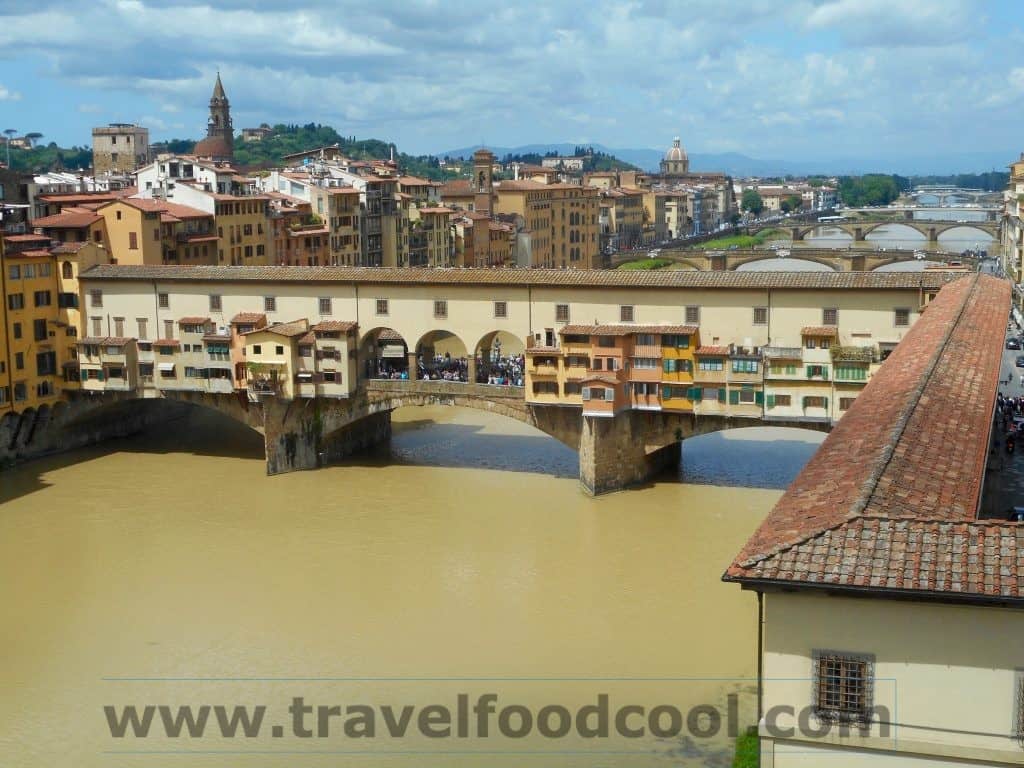
Toronto has its PATH. The PATH is almost an underground city. It stretches over 30 kilometers (19 miles) and is officially described as “a network of pedestrian tunnels, elevated walkways and at-grade walkways that connect the downtown office towers with shops, restaurants, entertainment and services”. The PATH first opened in 1987, although its origins date back to the 1900s when Timothy Eaton connected his department store on Yonge Street with his bargain basement store with a tunnel. According to the Guinness Book of World Records, the PATH is now the largest complex of shopping arcades in the world, with over 1,200 stores that run from the waterfront (RBC WaterPark Place – beside the Harbour Castle Westin and the Ferry Terminals) to Yonge and College (College Park). While visitors to the city may find it a little confusing, as it does not follow the streets above, locals love it and use it as an escape from the cold or rainy seasons as well as the sweltering heat and humidity of the summer (which means that Torontonians are underground pretty much all year round).
The PATH might be our little piece of Florence in the city. Florence? What does Florence have to do with Toronto, you ask? Earlier this year, on a beautifully sunny Tuesday in Florence, I was able to find out.
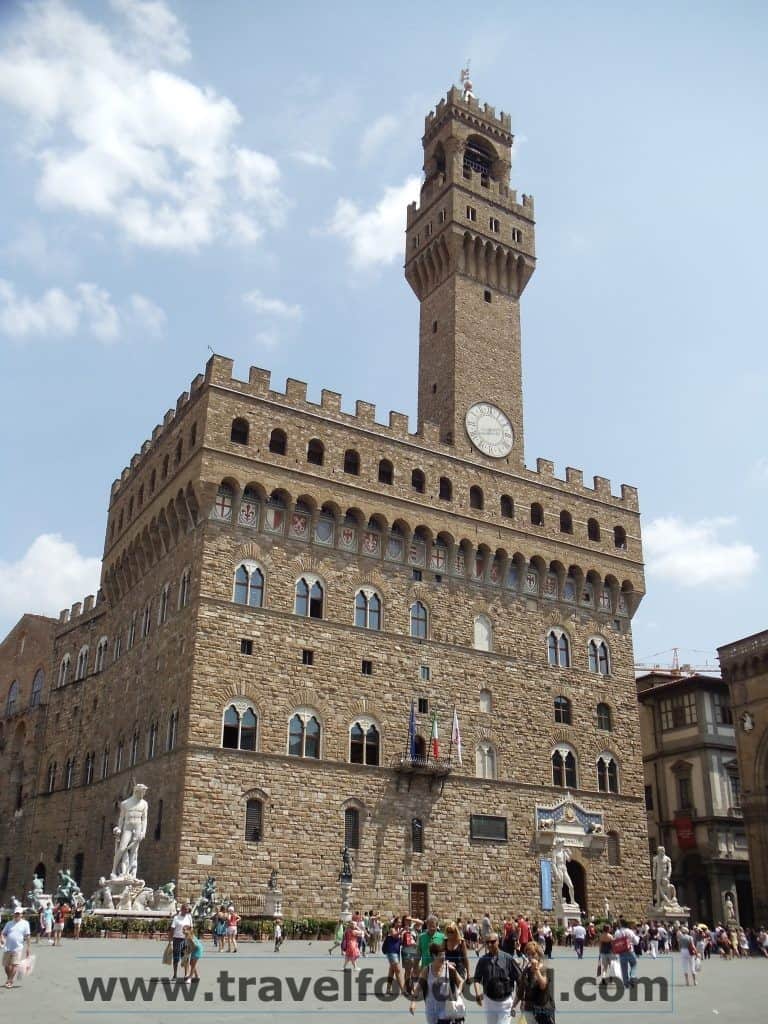
In 1540, Cosimo de’ Medici I (not to be confused with Cosimo the Elder, grandfather of Lorenzo the Magnificent) and Eleanora of Toledo (also referred to as Eleanor of Spain), his wife, decided that the house they had was too small for their 11 kids. They had outgrown their house and needed a larger one. Instead of listing their old house (the Palazzo Vecchio, as it is now known), they decided to use that for the town hall and moved into the Pitti Palace (which was purchased by Eleanora!). The office (“Uffizi”) next door was connected by an above-ground tunnel.
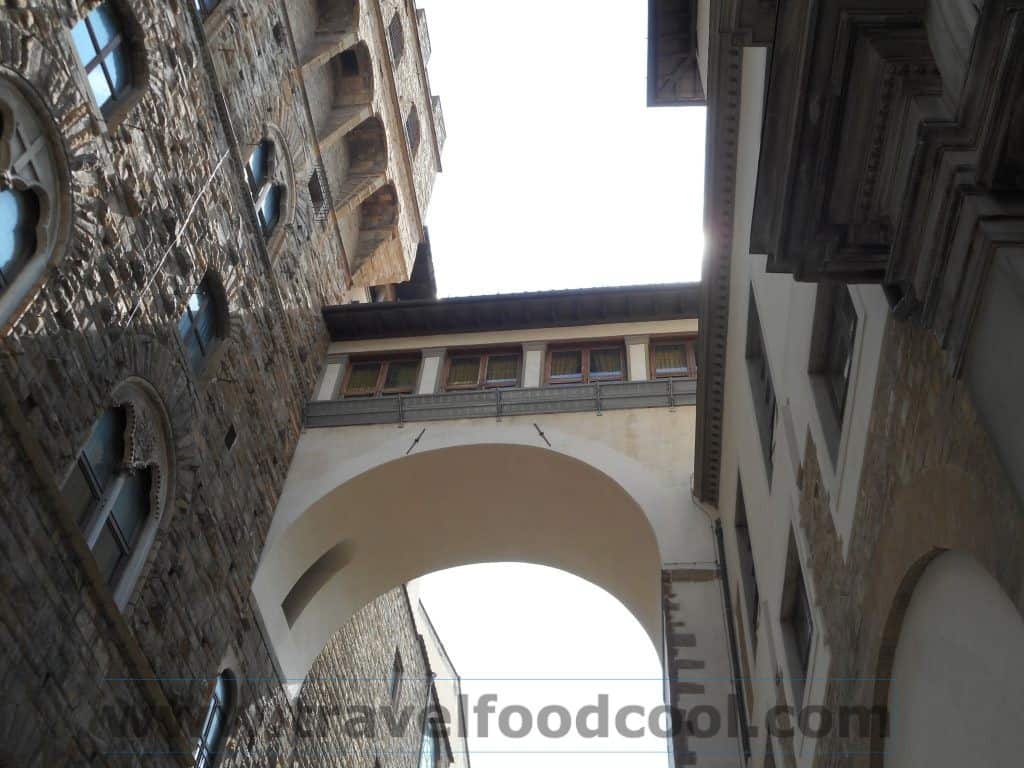
For the wedding of his son Francesco to Johana of Austria, Cosimo decided to surprise his guests with a corridor between the office and the Palace. He commissioned Giorgio Vasari in 1565 to build a tunnel – and what a tunnel it is!
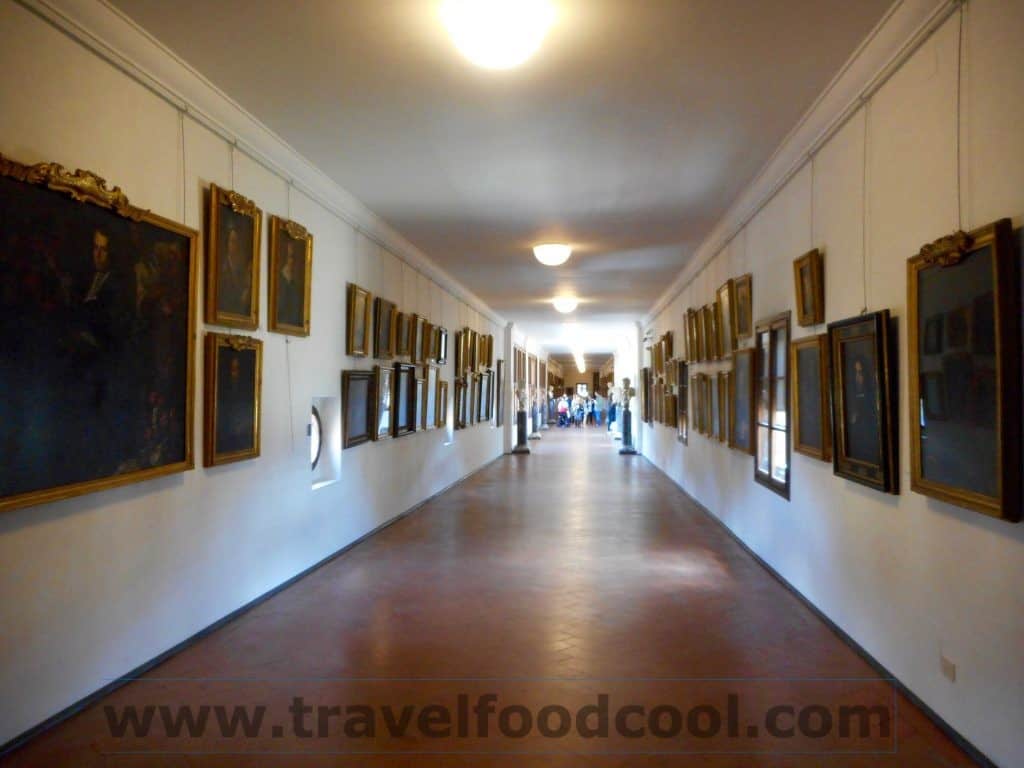
Stretching over 1 kilometer, Vasari managed to complete this architectural feat in just 5 months. There is something about weddings that always makes people get stuff done. It’s remarkable when you consider that it goes over the Ponte Vecchio, which is itself built over a river, on not the best of soil. The Vasari Corridor is, in reality, a suspended passage over a bridge.
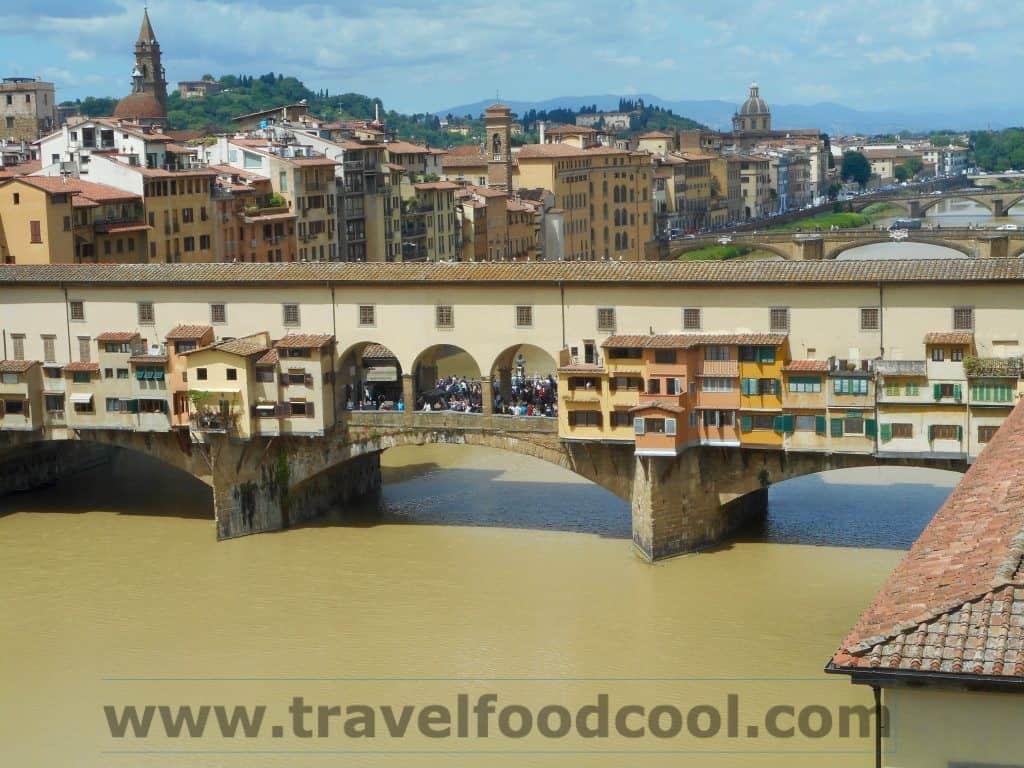
To enter the Corridor, you must go through a guarded door and then down a flight of steps. Due to the size of the Corridor, entry is limited to small groups of less than 15 people.
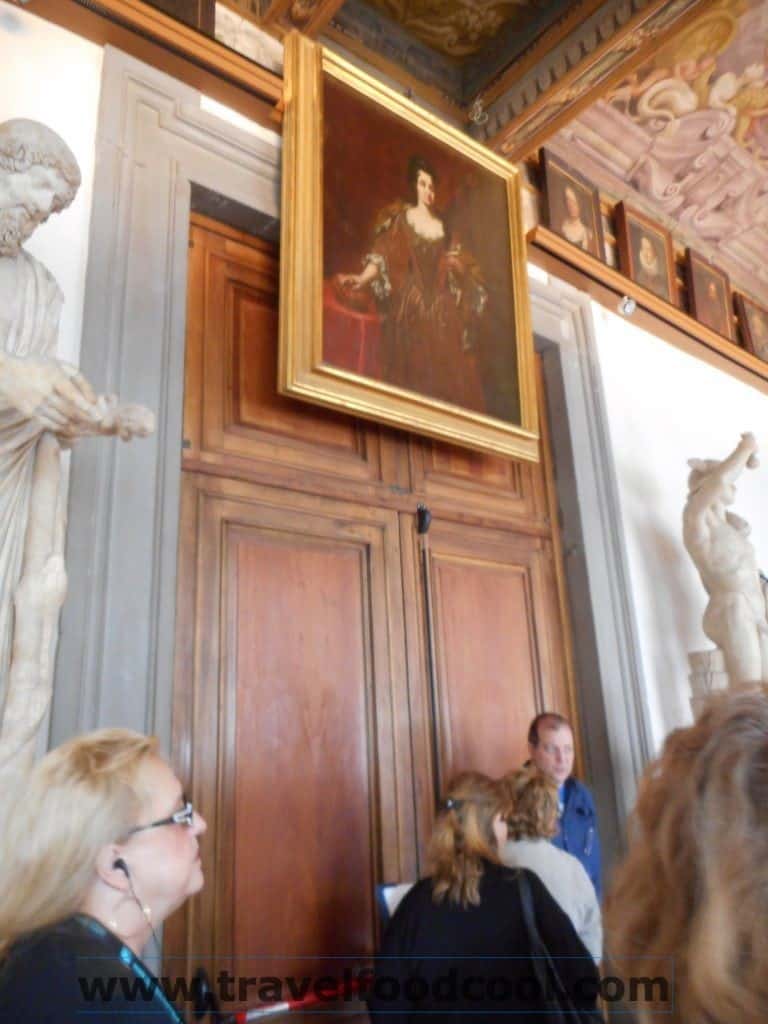
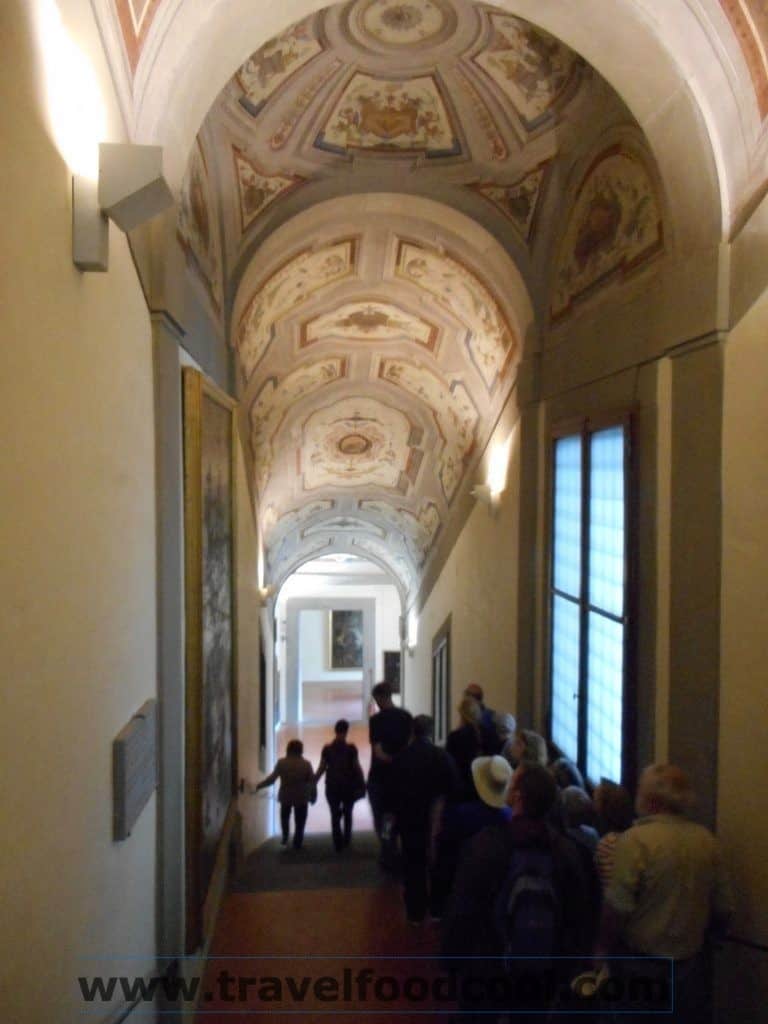
To complicate construction matters for Vasari, there happened to be another wealthy family, the Mannelli family, who owned a tower (which is now a hotel) on the proposed tunnel route. The family was rich enough that, when they opposed the de’ Medici destruction of their tower, the straight line of the tunnel was forced to be moved to accommodate the tower which was left intact.
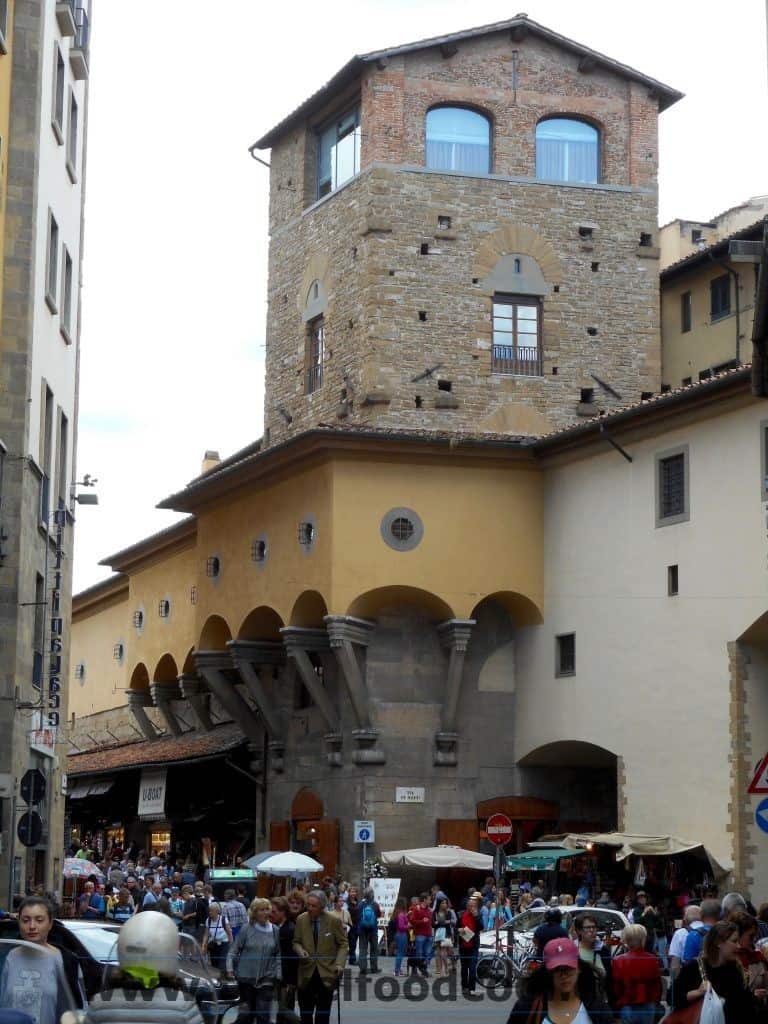
Cosimo had come to power by agreeing to share his rule with a council of forty-eight prominent Florentines, but he soon rejected the council and assumed leadership himself. He knew that some people were not too happy with this idea nor with his attempts to control Florentines by increasing their taxes and employing a band of mercenary guards. While the windows on the left, over the water, add light to the corridor, the round windows on the right side of the tower were used for eavesdropping. They were a way for those passing over the tunnel to listen in on the gossip on the streets below and discover what people were saying.
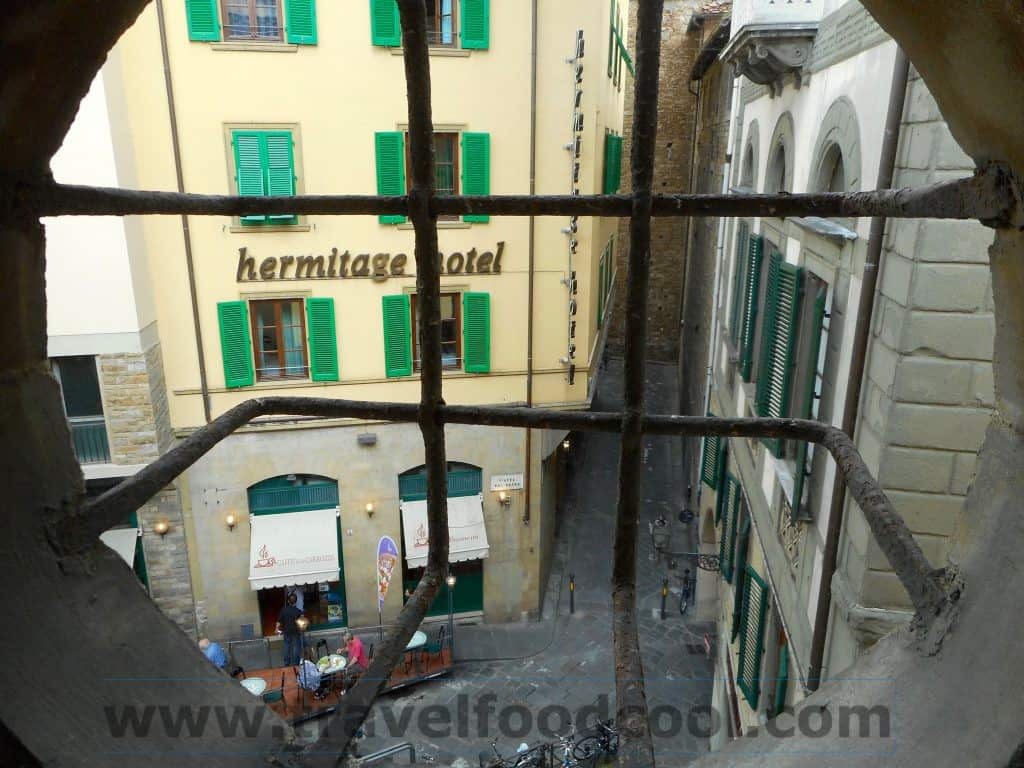
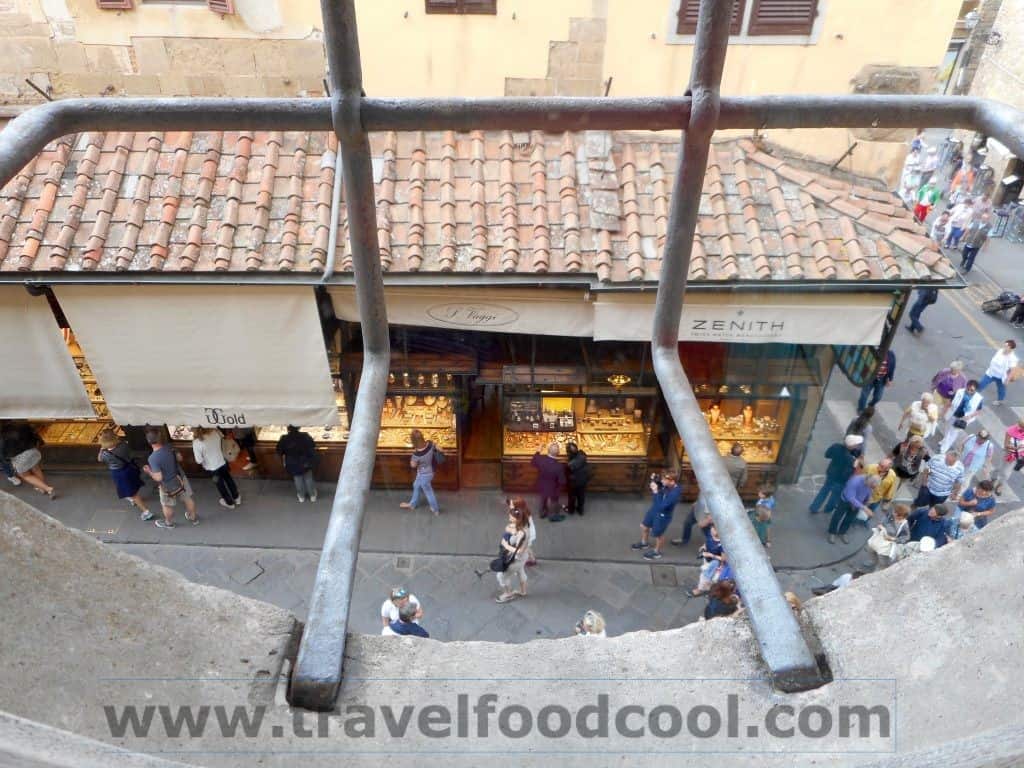
If you have traveled over the Ponte Vecchio, you know that the bridge itself is a series of gold and fine jewelry stores. If you had crossed the same bridge in the 1500s, you would have found the smell not as pleasing. Originally the stores were all meat and butcher shops. Cosimo on his morning “stroll” one day (I’m using the term “stroll” loosely, members of the de’ Medici family were usually carried in litters) found the smell of meat offensive to his nose. Oh, it is good to be the ruling Grand Duke. Bye bye fish and meat, hello gold! Gold not only does not smell, it also pays higher taxes.
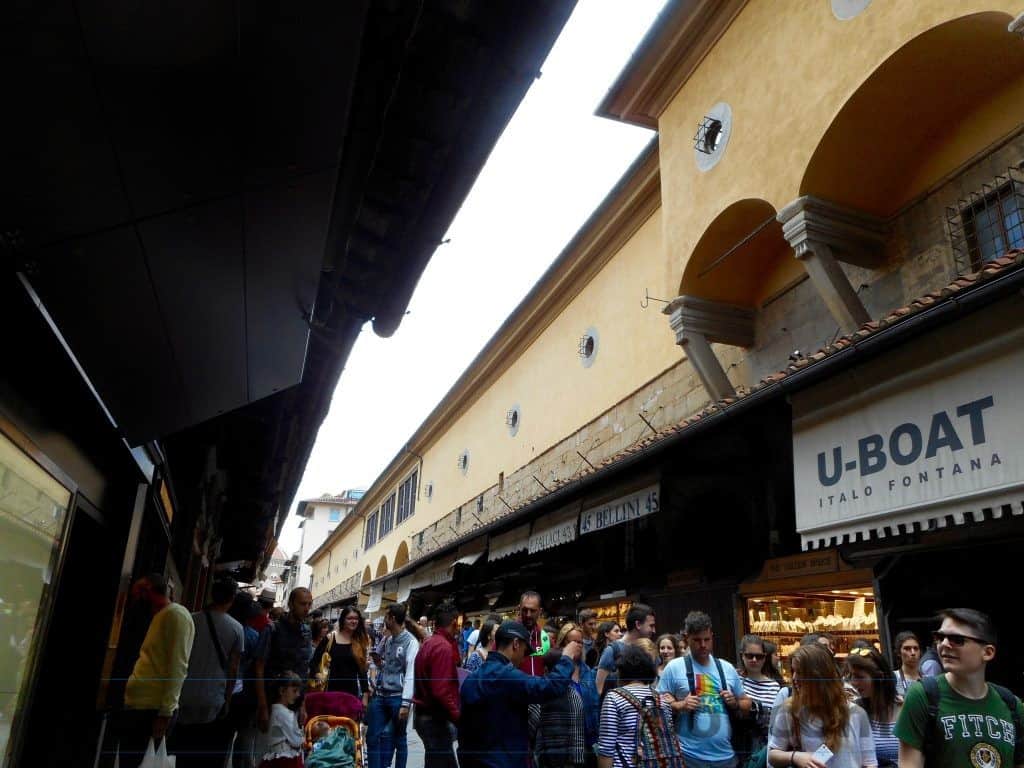
In the 20th Century, there was a change to the corridor. Three smaller square windows in the middle of the Arno were enlarged in the 1930s to larger picture windows. This was Mussolini showing off the panoramic river view for Hitler. Some say that this made such an impression on Hitler that when the Nazis blew up every bridge over the Arno, Hitler asked that the 1347 Ponte Vecchio be spared. The bridge was not destroyed. (Others cynically say that the bridge was too small for tanks to cross, so leaving it intact still cut off a means of attack.)
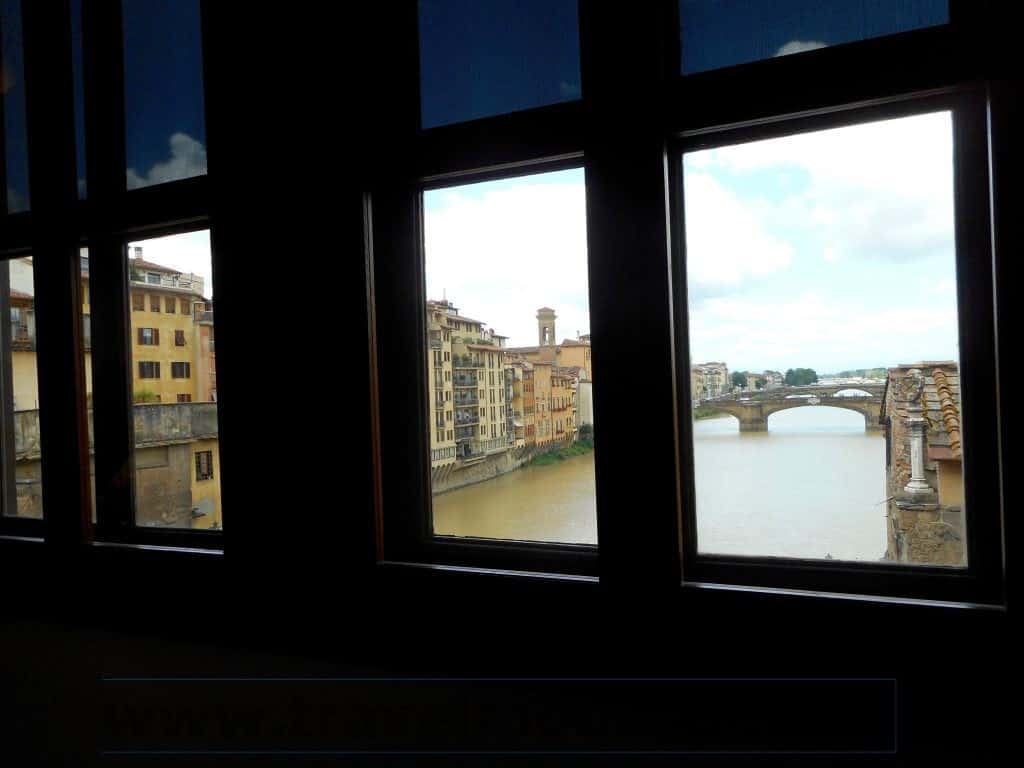
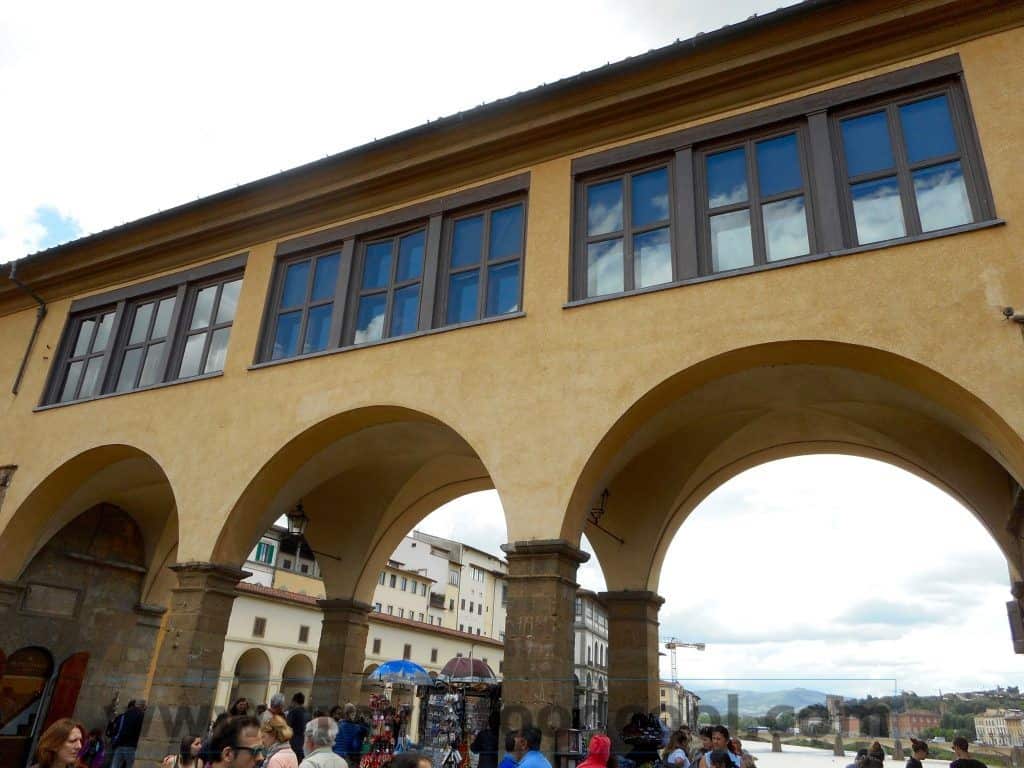
Towards the end of the corridor, there is an area with no windows. There is, however, a large balcony with a very thick railing that attaches itself to the Church of Santa Felicita. This allowed the family to attend Mass services and receive communion without having to interact with the public. The original Church of Santa Felicita was built in 390 and is the oldest church in Florence (rebuilt in the 1300s and 1700s).
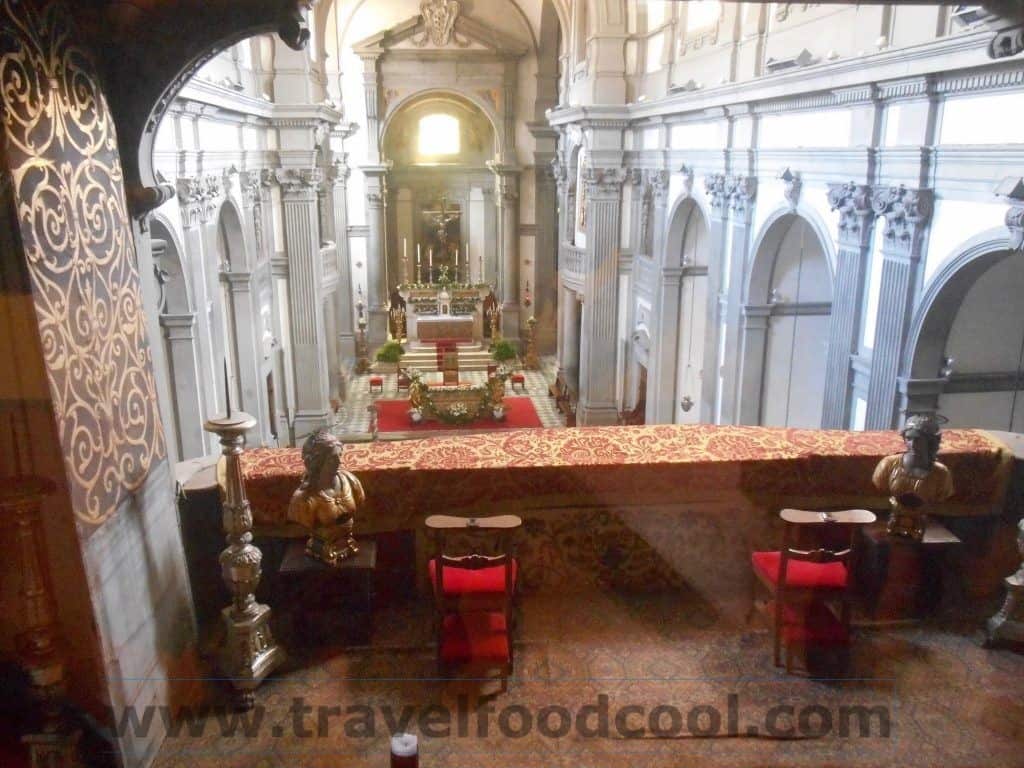
Finally at the end of the Corridor, you reach the original exit which takes you to the Buonatalenti Grotto and the grounds of the Pitti Palace. The bitter orange trees in bloom fill the area with a sweet perfume, but they say that the trees were planted because the fruit itself reminded one of the balls which were the de’ Medici family logo – palle! palle! palle! [One cool side note on Cosimo I, he was the grandson of Caterina Sforza, one of the great women in history, who literally held down the fort in Forlì – but that is a different post for a different day.]
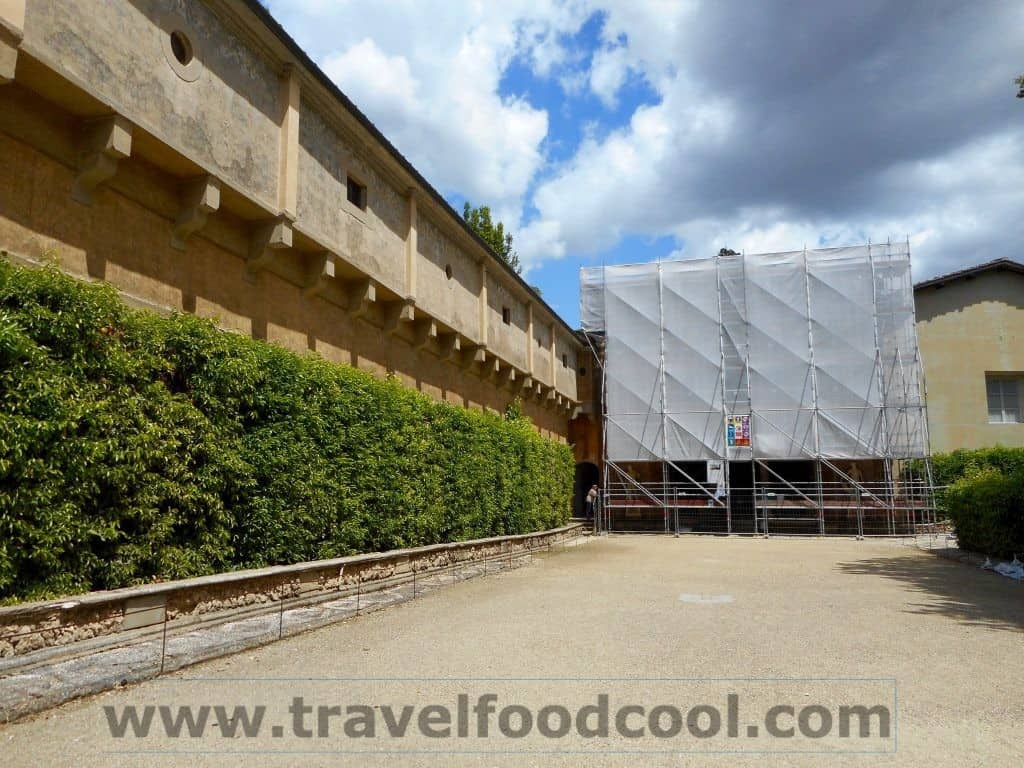
The Grotto was sadly under restoration the day I was there, but I have been told is quite something to see. Something new to look forward to for another day.
Coming up next – The Vasari Corridor – Part 2 – The Influencers and The Vasari Corridor – Part 3 – The Artists.



INTERESTING!! I like the eavesdropping windows. Sign of the times.
I know! It’s like NSA: Florence!
So interesting Elin! I hope to see Florence and other parts of Italy in person someday, but for now, enjoying your articles, you have a wonderful talent of descriptive writing, thanks!!
Thank you Jane! So kind of you to say. You will love Florence!